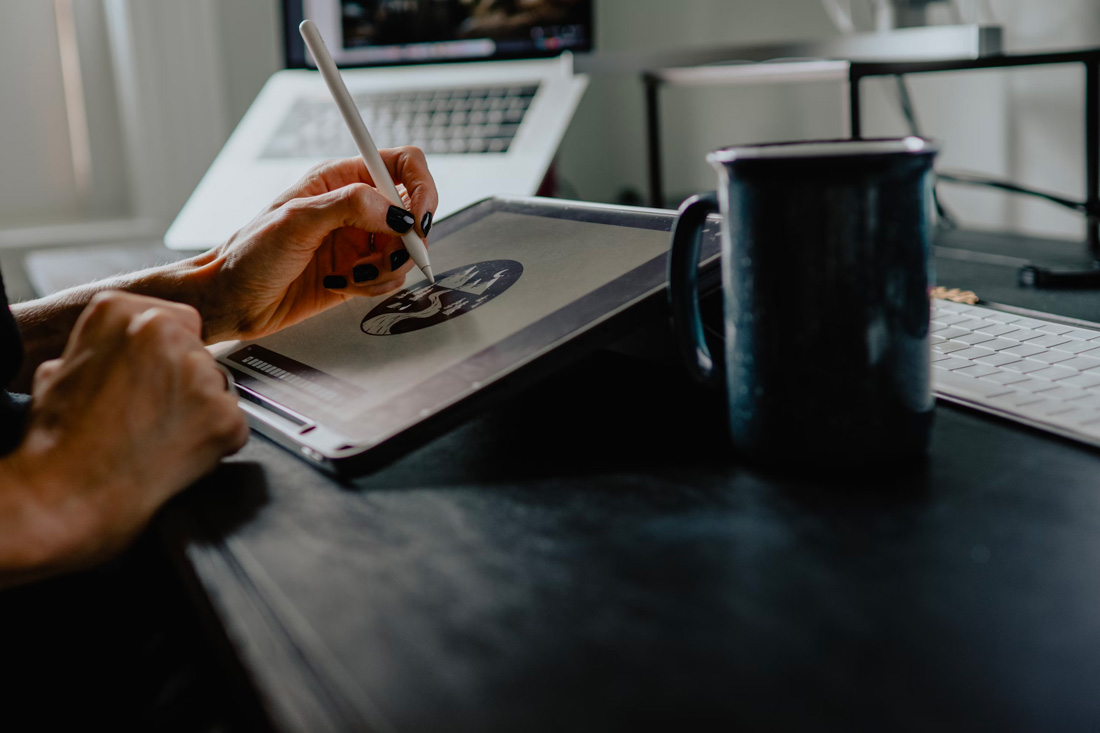5 minute read
If you’re in any way involved in the art or design world, or even if you have a passing interest in it, the chances are that you’ve heard of AI art. Some people think that AI art is the future of design and that some pieces have genuine artistic merit. Others are more skeptical about what AI art could mean for the future of artists and designers.
It can’t be denied that AI art has flaws, and because it’s a relatively new technology, there are still ethical and legal questions about the use of AI art, especially in commercial areas. While it might be fun to generate a piece of art as a hobby, it can cause issues when it competes with human artists.
How it Works
AI art, as well as other creative uses for AI such as Chat GDP or similar software, works by sampling from existing works that it can access. Then, when you give it certain parameters, such as “anime ai”, along with a basic description of what you want, it can generate an image for you using what it has learned from its sources.
This is where you can find the potential ethical and legal issues of AI art. There is no way to tell where the software has sampled its sources from. AI art has been accused of breaking copyright and stealing from different sources.
Again, this is a new technology. This means that the legal side of things will take time to sort out.
Limitations of AI Art
As well as potential legal and ethical issues, AI art has other limitations. For example, while AI art can look impressive, you may notice inconsistencies or parts of the piece that don’t make complete sense. This is because AI is drawing from patterns, it doesn’t necessarily know how to compose a piece or draw an anatomically correct person.
Not only this, but AI isn’t emotionally intelligent. That means that it can’t resonate with an individual in the same way as an art piece created by a human. AI art can’t tell a story, because AI is only able to generate information.
So, does this mean that there is no room for AI in the art world? Well, it’s already making waves, so obviously not.
AI as a Tool
So, maybe AI won’t create your next masterpiece, but it can still be incredibly useful as a tool. You can’t deny that a lot of what is generated by AI has its merits. AI is also free and incredibly quick, which is why it’s so attractive to users.
The fact is, whether we like it or not, artificial intelligence is a tool. It can be used in all kinds of fields, such as video translation, plot generation, product development, and yes, art and design.
How are designers and artists using AI tools with their work?
Using AI for Inspiration
One of the most difficult parts of any art or design process is inspiration. It can take hours to work out exactly what you want from your piece of art. But AI can be invaluable when it comes to generating ideas and workshopping them.
Let’s say that you want to paint a picture with two characters, a tree, and a sunset. But you don’t know what composition to use. You still aren’t sure of what story you want to tell. So, you ask AI to generate a few different images for you.
While AI can’t create an emotionally resonant piece, humans are incredibly gifted at finding emotion where they want to. Once you have a few different images to look at, it can get your mind working with different ideas.
Even if your artwork looks nothing like the AI pieces you used as inspiration, you can’t deny that it can be an invaluable part of your process.
AI Product Design
Let’s move away from the artistic side of things and look at design. While some design is inherently artistic, when you’re designing a product, you also need to consider functionality. This is something AI can be very good at.
First, you can use AI to look for design inspirations and different ways that your design can look. But you can also add parameters about what materials need to be used, or other specifications that the design has to reach. You can even consider the cost of construction.
The AI will factor in all of these parameters when designing the product. As with art, the work doesn’t stop there by any means, but it can provide a decent foundation. You can then use AI to test a digital prototype and further tweak the design.
Is AI the enemy? Maybe it’s nothing more, or less, than a tool.





